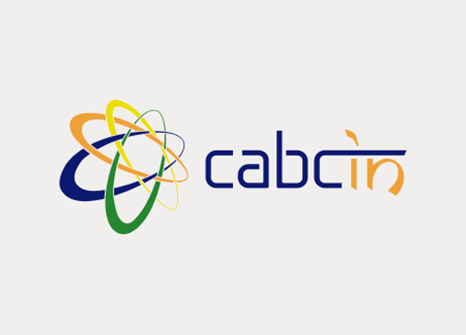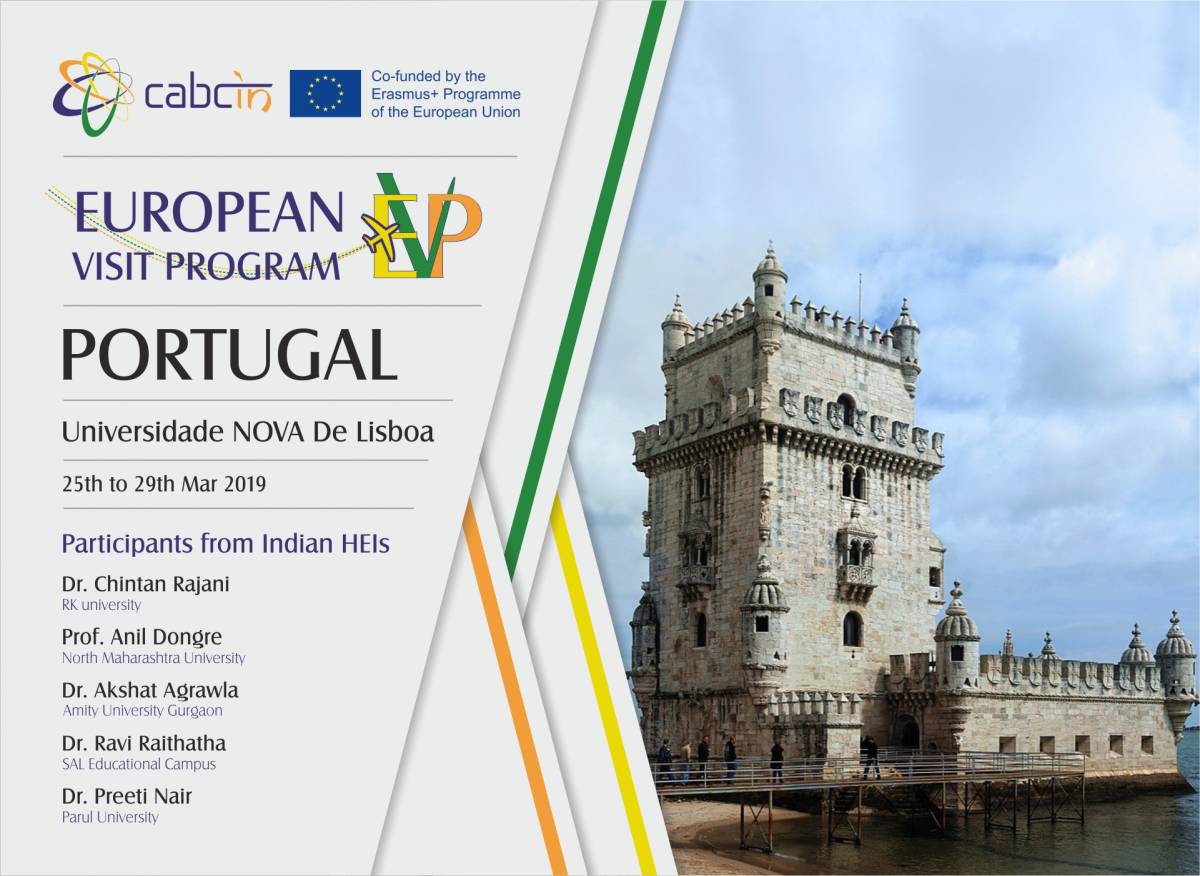
NOVA University Lisbon is involved in various international cooperation projects that convey its ability to establish partnerships with universities in different countries for the implementation of projects spanning across the globe.
One of those projects is CABCIN, funded by the European Union Erasmus+ Programme. In its context, the university will host a week of training for faculty from Indian universities, from 25 to 29 March
This project, which runs from October 2016 and will last for three years, has as its main objective to strengthen the capacity and quality of teaching in India's Higher Education Institutions through the creation of Capacity Building Centres(CBC) and increased internationalization in each Indian university.
With the creation of these centres, it is intended to offer initial and continuing training for university professors, focusing on the development of pedagogical skills with the use of information and communication technologies.
The consortium is composed of five European universities responsible for training, and five Indian universities:
The project manager and the European Visit Program manager in Portugal is Professor Patrícia Rosado Pinto.
The visit to NOVA will be marked by visits to various university departments, workshops, group work sessions and interaction with teachers and staff members.
More information here.
